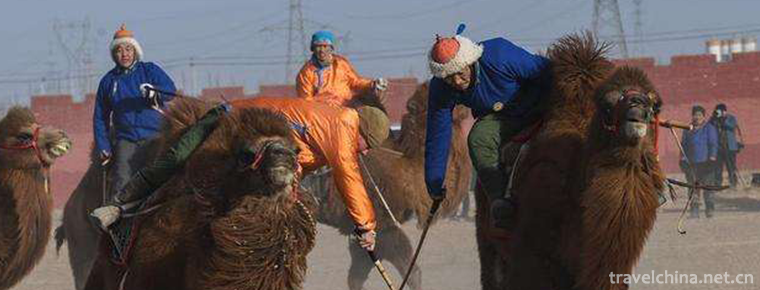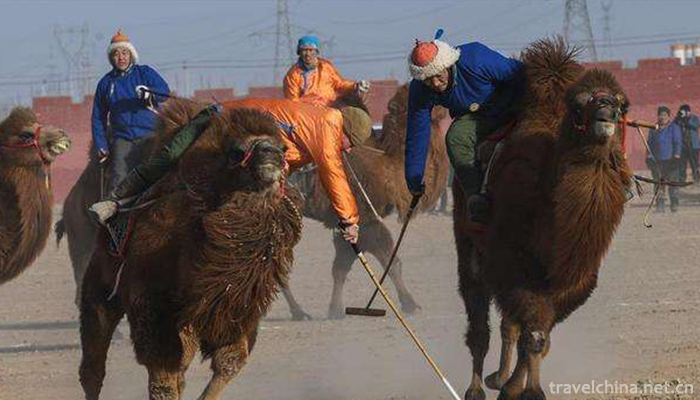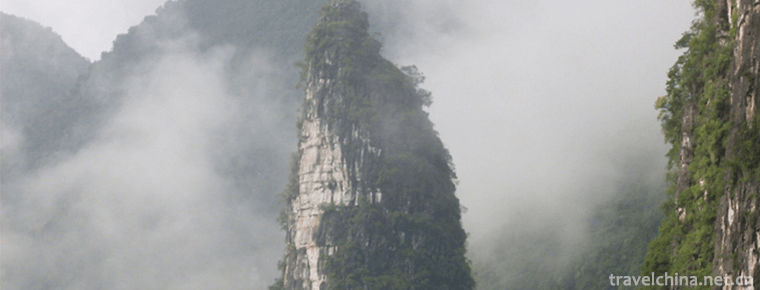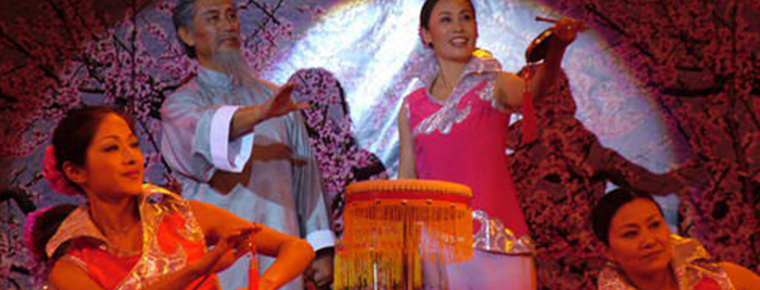2018-12-12

- By ChinaWiki.net
- Chinese Edition
- 2019-06-04
Mongolian camel ball
The intangible cultural heritage is the manifestation and cultural space of various traditional cultures which are inherited from generation to generation and closely related to people's life. The intangible cultural heritage is not only the witness of historical development, but also the precious and valuable cultural resources. In 2014, the State Council approved the fourth batch of 153 representative projects of national intangible cultural heritage determined by the Ministry of Culture, and the Mongolian camel ball project of Urat Houqi was included in the fourth batch of representative projects of national intangible cultural heritage.
It is reported that Mongolian camel ball evolved from Polo competition. At first, it was only a non-governmental organization's competitive game, without strict competition rules. As long as the venue was slightly smoother, it could be carried out easily. Therefore, it quickly became popular on the grassland. After continuous development and improvement, it formed unique competition rules. Since then, an international camel ball game has been held every year, which is very popular among farmers and herdsmen.
In some areas of Inner Mongolia, camel games are held every festival (including Nadam Convention and Spring Festival). The growing prosperity of camel Games has also led to the development of herdsmen's folk sports. Up to now, Urat Houqi has formed 30 camel teams and more than 300 successors. They have participated in nearly 100 camel Invitational competitions, performance competitions and competitive competitions organized by various regions, and have been invited to participate in the Mongolian International Camel Championship League. The Mongolian camel ball reflects the historical evolution process of the Urat Mongolian people, and reflects the healthy concept and national spirit of the grassland children, who are strong in body, strive hard, natural and frank, and live in harmony with nature. It has distinct regionalism and strong national character.

Ask a Question
Your email address will not be published.



0 Questions